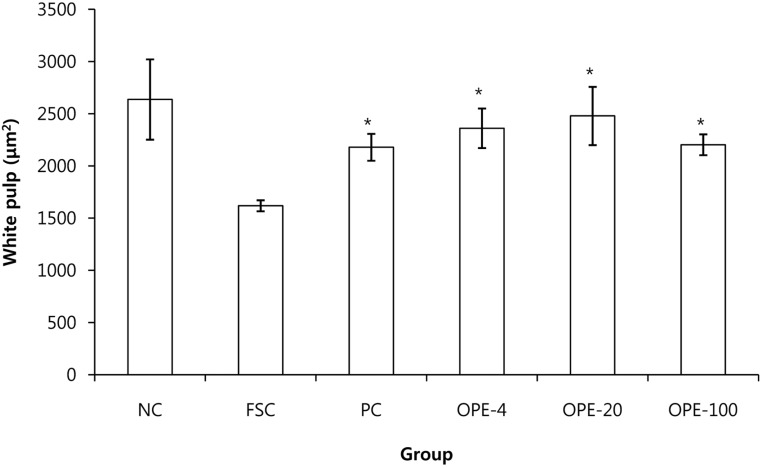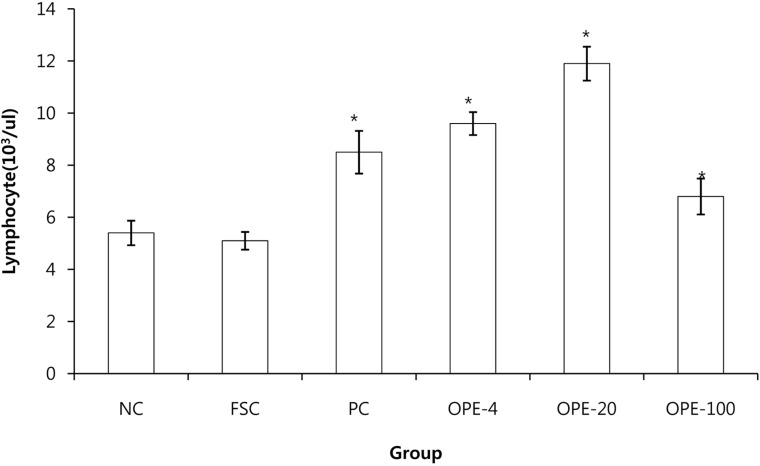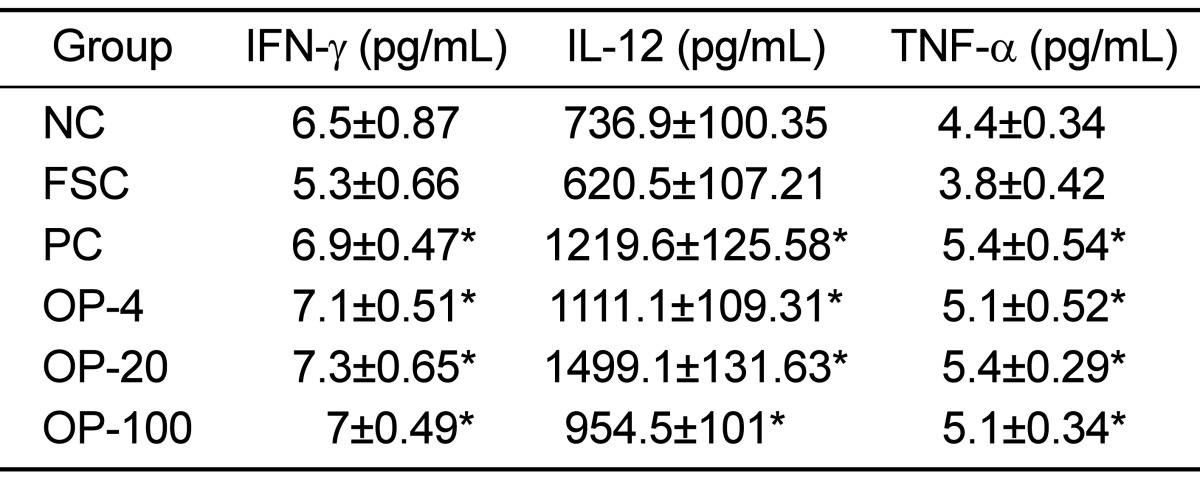1. Hertog MG, Feskens EJ, Hollman PC, Katan MB, Kromhout D. Dietary antioxidant flavonoids and risk of coronary heart disease: the Zutphen Elderly Study. Lancet. 1993; 342(8878):1007–1011. PMID:
8105262.

2. Lee KH, Kim Y, Park E, Hwang HJ. Effect of onion powder supplementation on lipid metabolism in high fat-cholesterol fed SD Rats. J Food Sci Nutr. 2008; 13(2):1371–1376.

3. Rivera L, Morón R, Sánchez M, Zarzuelo A, Galisteo M. Quercetin ameliorates metabolic syndrome and improves the inflammatory status in obese Zucker rats. Obesity (Silver Spring). 2008; 16(9):2081–2087. PMID:
18551111.

4. Stewart LK, Soileau JL, Ribnicky D, Wang ZQ, Raskin I, Poulev A, Majewski M, Cefalu WT, Gettys TW. Quercetin transiently increases energy expenditure but persistently decreases circulating markers of inflammation in C57BL/6J mice fed a high-fat diet. Metabolism. 2008; 57(1):S39–S46. PMID:
18555853.

5. Zern TL, Wood RJ, Greene C, West KL, Liu Y, Aggarwal D, Shachter NS, Fernandez ML. Grape polyphenols exert a cardioprotective effect in pre- and postmenopausal women by lowering plasma lipids and reducing oxidative stress. J Nutr. 2005; 135(8):1911–1917. PMID:
16046716.

6. Hsu CL, Yen GC. Effects of flavonoids and phenolic acids on the inhibition of adipogenesis in 3T3-L1 adipocytes. J Agric Food Chem. 2007; 55(21):8404–8410. PMID:
17880164.

7. Yen GC, Chen YC, Chang WT, Hsu CL. Effects of polyphenolic compounds on tumor necrosis factor-α (TNF-α)-induced changes of adipokines and oxidative stress in 3T3-L1 adipocytes. J Agric Food Chem. 2011; 59(2):546–551. PMID:
21186817.

8. Slimestad R, Fossen T, Vagen IM. Onions: a source of unique dietary flavonoids. J Agric Food Chem. 2007; 55(25):10067–10080. PMID:
17997520.

9. Smith C, Lombard KA, Peffley EB, Liu W. Genetic analysis of quercetin in onion (Allium cepa L.) 'Lady Raider'. Texas J Agric Nat Resource. 2003; 16:24–28.
10. Peluso I, Miglio C, Morabito G, Ioannone F, Serafini M. Flavonoids and immune function in human: a systematic review. Crit Rev Food Sci Nutr. 2015; 55(3):383–395. PMID:
24915384.

11. Vichapong J, Sookserm M, Srijesdaruk V, Swatsitang P, Srijaranai S. High performance liquid chromatographic analysis of phenolic compounds and their antioxidant activities in rice varieties. Lebenson Wiss Technol. 2010; 43(9):1325–1330.

12. Kim OY, Lee SM, Do H, Moon J, Lee KH, Cha YJ, Shin MJ. Influence of quercetin-rich onion peel extracts on adipokine expression in the visceral adipose tissue of rats. Phytother Res. 2012; 26(3):432–437. PMID:
21833991.

13. Kim JH, Shin EH, Lee HY, Lee BG, Park SH, Moon DI, Goo GC, Kwon DY, Yang HJ, Kim OJ, Oh HG. Immunostimulating effects of extract of
Acanthopanax sessiliflorus. Exp Anim. 2013; 62(3):247–253. PMID:
23903060.
14. Elmore SA. Enhanced histopathology of the thymus. Toxicol Pathol. 2006; 34(5):656–665. PMID:
17067951.

15. Elmore SA. Enhanced histopathology of the spleen. Toxicol Pathol. 2006; 34(5):648–655. PMID:
17067950.

16. Benítez V, Mollá E, Martín-Cabrejas MA, Aguilera Y, López-Andréu FJ, Cools K, Terry LA, Esteban RM. Characterization of industrial onion wastes (
Allium cepa L.): dietary fibre and bioactive compounds. Plant Foods Hum Nutr. 2011; 66(1):48–57. PMID:
21318305.
17. Lee J, Mitchell AE. Quercetin and isorhamnetin glycosides in onion (
Allium cepa L.): varietal comparison, physical distribution, coproduct evaluation, and long-term storage stability. J Agric Food Chem. 2011; 59(3):857–863. PMID:
21244009.
18. Takahama U, Hirota S. Deglucosidation of quercetin glucosides to the aglycone and formation of antifungal agents by peroxidase-dependent oxidation of quercetin on browning of onion scales. Plant Cell Physiol. 2000; 41(9):1021–1029. PMID:
11100774.

19. Campos KE, Diniz YS, Cataneo AC, Faine LA, Alves MJ, Novelli EL. Hypoglycaemic and antioxidant effects of onion,
Allium cepa: dietary onion addition, antioxidant activity and hypoglycaemic effects on diabetic rats. Int J Food Sci Nutr. 2003; 54(3):241–246. PMID:
12775373.
20. Jung JY, Lim Y, Moon MS, Kim JY, Kwon O. Onion peel extracts ameliorate hyperglycemia and insulin resistance in high fat diet/streptozotocin-induced diabetic rats. Nutr Metab (Lond). 2011; 8(1):18. PMID:
21439094.

21. Hertog MG, Hollman PC. Potential health effects of the dietary flavonol quercetin. Eur J Clin Nutr. 1996; 50(2):63–71. PMID:
8641249.
22. Jin HM, Wei P. Anti-fatigue properties of tartary buckwheat extracts in mice. Int J Mol Sci. 2011; 12(8):4770–4780. PMID:
21954324.

23. Chuanlong Z, Xiaoxia Z. Effects of polysaccharides from Pseudostellaria heterophylla on exercise endurance capacity and oxidative stress in forced swimming rats. Sci Res Essays. 2011; 6(11):2360–2365.
24. Lee SP, Mar GY, Ng LT. Effects of tocotrienol-rich fraction on exercise endurance capacity and oxidative stress in forced swimming rats. Eur J Appl Physiol. 2009; 107(5):587–595. PMID:
19705143.

25. Moriura T, Matsuda H, Kubo M. Pharmacological study on Agkistrodon blomhoffii blomhoffii BOIE. V. anti-fatigue effect of the 50% ethanol extract in acute weight-loaded forced swimming-treated rats. Biol Pharm Bull. 1996; 19(1):62–66. PMID:
8820913.

26. Pestka S. The interferons: 50 years after their discovery, there is much more to learn. J Biol Chem. 2007; 282(28):20047–20051. PMID:
17502369.

27. Park DH, Li YC, Shim J, Xu HD, Li L, Lee MJ, Kwon MS. Biological safety and B cells activation effects of Stephnia delavayi Diels. Mol Cell Toxicol. 2009; 5(1):93–98.
28. Park DH, Park YI, Li YC, Xu HD, Lee JH, Kim YJ, Jang SA, Park SJ, Lee YL, Cho SC, Lee MJ. Biological safety and B cells activation effects of Zanthoxylum schinifolium. Mol Cell Toxicol. 2011; 7(2):157–162.
29. Seo JW, Cho SC, Park SJ, Lee EJ, Lee JH, Han SS, Pyo BS, Park DH, Kim BH. 1'-Acetoxychavicol acetate isolated from Alpinia galanga ameliorates ovalbumin-induced asthma in mice. PLoS One. 2013; 8(2):e56447. PMID:
23451048.

30. Park J, Kim J, Kim MK. Onion flesh and onion peel enhance antioxidant status in aged rats. J Nutr Sci Vitaminol (Tokyo). 2007; 53(1):21–29. PMID:
17484375.

31. Aggarwal BB. Signalling pathways of the TNF superfamily: a double-edged sword. Nat Rev Immunol. 2003; 3(9):745–756. PMID:
12949498.

32. Lin PL, Plessner HL, Voitenok NN, Flynn JL. Tumor necrosis factor and tuberculosis. J Investig Dermatol Symp Proc. 2007; 12(1):22–25.

33. Cantell K, Hirvonen S, Kauppinen HL, Myllylä G. Production of interferon in human leukocytes from normal donors with the use of Sendai virus. Methods Enzymol. 1981; 78(Pt A):29–38. PMID:
6173603.
34. Shuai K, Schindler C, Prezioso VR, Darnell JE Jr. Activation of transcription by IFN-gamma: tyrosine phosphorylation of a 91-kD DNA binding protein. Science. 1992; 258(5089):1808–1812. PMID:
1281555.
35. Wu CY, Demeure C, Kiniwa M, Gately M, Delespesse G. IL-12 induces the production of IFN-gamma by neonatal human CD4 T cells. J Immunol. 1993; 151(4):1938–1949. PMID:
8102154.
36. Abood WN, Fahmi I, Abdulla MA1, Ismail S. Immunomodulatory effect of an isolated fraction from Tinospora crispa on intracellular expression of INF-γ, IL-6 and IL-8. BMC Complement Altern Med. 2014; 14:205. PMID:
24969238.

37. Ren Z, He C, Fan Y, Guo L, Si H, Wang Y, Shi Z, Zhang H. Immuno-enhancement effects of ethanol extract from
Cyrtomium macrophyllum (Makino) Tagawa on cyclophosphamide-induced immunosuppression in BALB/c mice. J Ethnopharmacol. 2014; 155(1):769–775. PMID:
24960181.
38. Gao W, Wu J, Wei J, Pu L, Guo C, Yang J, Yang M, Luo H. Brazilian green propolis improves immune function in aged mice. J Clin Biochem Nutr. 2014; 55(1):7–10. PMID:
25120274.

39. Eloff JN. Which extractant should be used for the screening and isolation of antimicrobial components from plants? J Ethnopharmacol. 1998; 60(1):1–8. PMID:
9533426.












 PDF
PDF ePub
ePub Citation
Citation Print
Print


 XML Download
XML Download